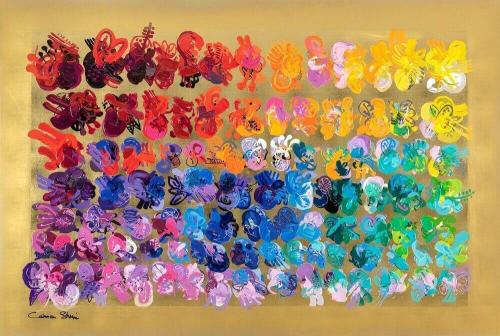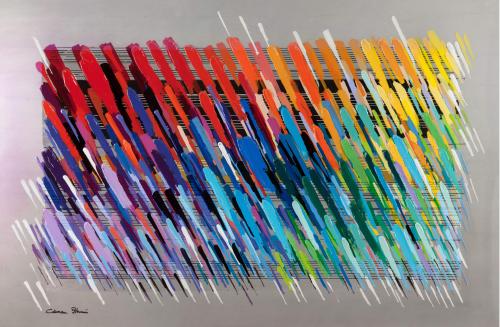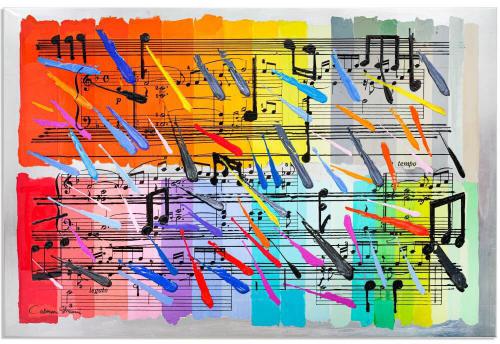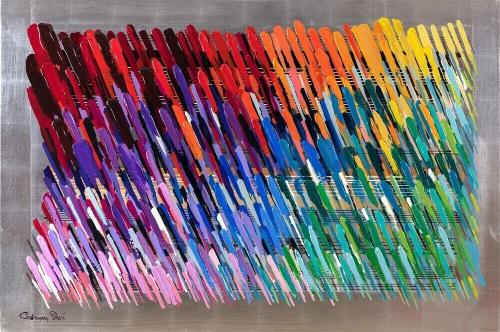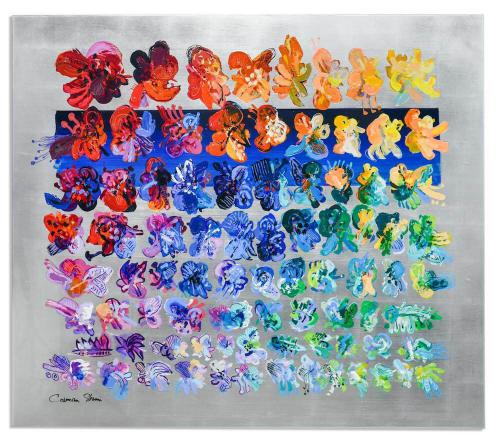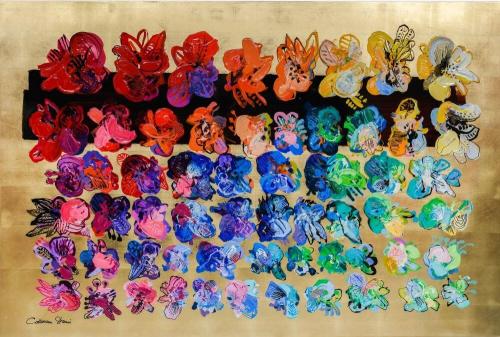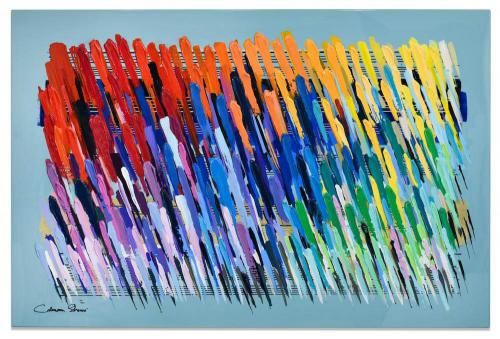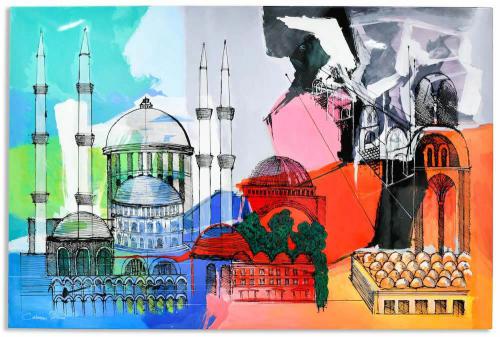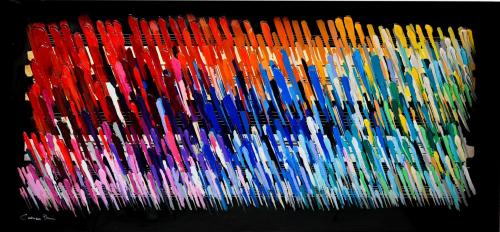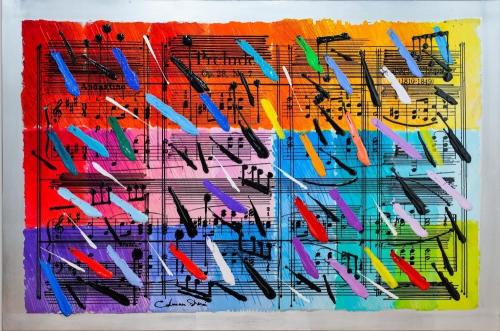Art is beautiful, and painting is one of many people’s favorite activities. Even though there are numerous forms of art expression, using a brush to paint on a canvas can make you feel free and relaxed.
However, when you are a beginner, you might quickly notice that things are never as straightforward as they seem at first. Painting colors are an essential part of the process, and some might say that they’re the most crucial one. This article tells you what you need to know on the matter.
Painting Colors Definition
The painting process requires you to have different tools, and painting colors are one of them. These are basically the paints that you will use to create your art, and they can vary depending on a myriad of factors.
While some choose their painting colors based on the moods they want to evoke with their painting, others pick them solely based on the fact that they’re beginners and that they want to make sure they don’t mess up their work of art.
Regardless of the painting colors you choose, they are still immensely crucial. Therefore, picking the right ones is essential, and many artists consider it a skill to master in itself.
Which Colors Are Best for Painting?
Since choosing the perfect painting colors is so vital, you might wonder if there is a way to pick the best ones to create your art piece.
Overall, there are specific considerations you must keep in mind when you’re choosing other tools, so beginners might think that this applies to colors as well. You shouldn’t, for example, use an acrylic brush for watercolors, so this is a clear instance in which understanding a specific art-related technique can help you decide better.
If you think this also applies to painting colors, this is correct! It’s particularly true for acrylics because not choosing the right ones can make your paint look muddy. To avoid this, you have to know which colors to pick and how to combine them.
The best colors for your art piece are the ones that allow you to create the work you’re going for. However, you can’t do this unless you know how to pick the perfect ones, and to do that, you’ll need to know some of the specifics of painting and art itself.
Getting muddy colors is fairly common when you’re a beginner in working with acrylics, and if it happens to you, you might think that you did not pick the best painting colors. However, this is not necessarily true – it might just be that you did not mix them correctly.
To avoid getting muddy colors and guarantee that your work of art looks vibrant and full of life, what you want to do is study color theory and test the colors you’re using before actually dragging your brush through the canvas.
In other words, the best way to understand which colors go together when you mix them is to know the theory behind them and try them out if you can. If you, for instance, mix yellow, blue, and red together, you will probably get a brown muddy color because these three cancel each other out on the color wheel.
The specifics of color combinations can vary, and this is where testing comes in. You probably want your piece of art to look beautiful, alive, and vibrant, and this is only possible if you know the colors you should use when you’re painting.
Finally, although some people might believe that there are specific colors that are better than others, you should remember that it all depends on what you want to achieve when you’re done painting. Therefore, even though you should avoid muddy, lifeless colors, the perfect shade or tone might not exist until you mix different options and come up with your favorite.

Painting Colors for Canvas
As was mentioned before, working on a canvas can make everything change when you’re choosing colors because it means that you might get a muddy result if you don’t know how to mix them properly, especially when you’re relying on acrylics.
By now, you might have thought of the possibility of using warm colors while you’re painting. You might be thinking that if this is what you want, then how come muddy colors are disadvantageous?
The answer is very straightforward – muddy colors are not the same as warm, beautiful, brown colors. In the world of art and painting, a muddy color is what you get when you mix two wrong shades and as a result, you have a dull, brownish color that is clearly not pleasant to look at.
When you work on canvas, you have to make sure that you understand the colors you’re combining before you use them. It’s not only about mixing them but also about layering them correctly, so they won’t turn muddy while you’re painting.
About Calman Shemi
He is originally from Argentina and he is one of the most important artists you should know if you want examples of vibrant colors in different paintings.
Calman Shemi wants to guarantee that anyone who sees his work of art is not only impressed but also moved by its motion and vibrance. He paints and sculpts and has demonstrated excellent skills when it comes to using different techniques to amaze his public.
Conclusion
Painting colors are an essential part of being an artist. When you are a beginner, you might not know much about how to combine them, but as time goes on, the process becomes smoother and much more enjoyable.




